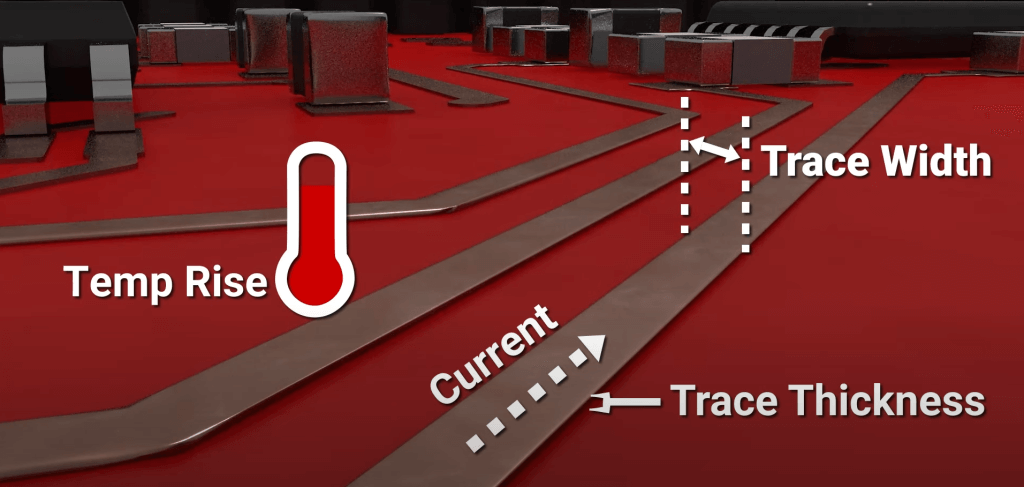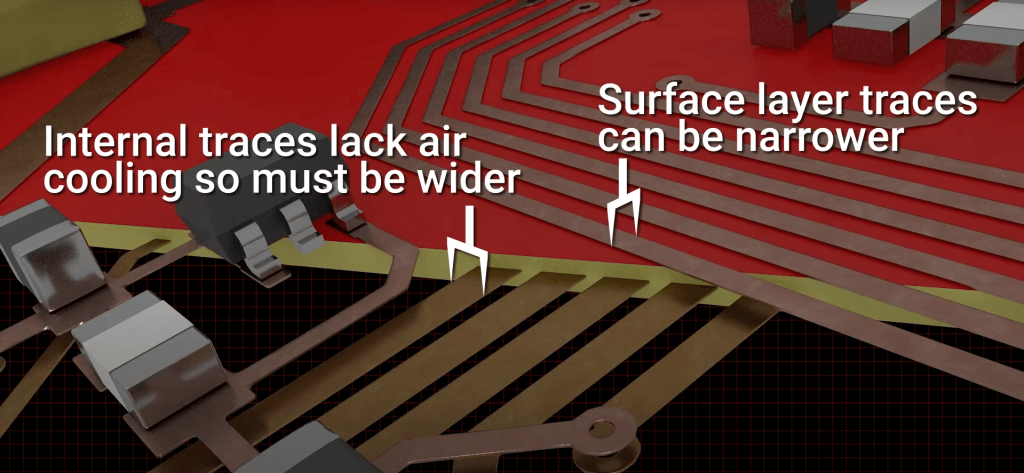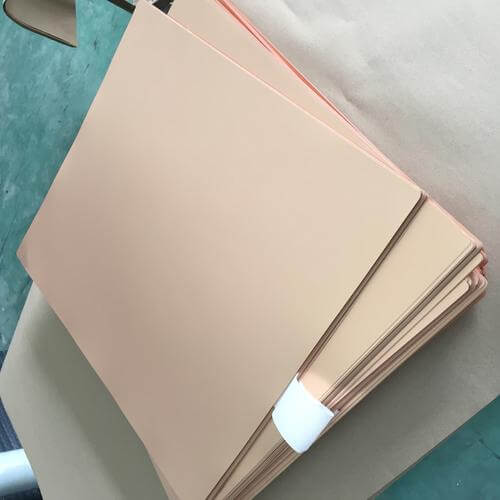Having an issue with finding trace width in your PCB design? Confused where to start and what to consider? Then you are not alone, since many designers feel the same problem.
Fear not, though; this article is here to help. We’ll go through this process in a way that makes it very easy to understand and put into practice. Whether you are a seasoned and pro at PCB design or dipping a foot into it for the first time, knowing how to determine trace width is key.
So let’s get started.
The Role of Trace Width in PCB Design
Before getting straight to learning how to decide on the trace width in PCB design, it’s better to understand its role.
Well, PCB trace width belongs to those design aspects that considerably impact functionality, reliability, and efficiency.
Theoretically, this defines how much current is allowed to flow through the PCB without creating problems like overheating. Basically, the wider the trace, the more headroom there is for current—reducing the potential for overheating and keeping your PCB nice and cool in operation.
Secondly, the width affects the integrity of the signals, especially at high frequencies. Bigger traces reduce loss of signals; this, therefore, ensures clear communication over the board.
Besides, width affects manufacturability. Though narrow traces look sleek, they are problematic to fabricate; hence, they cause delays and complications during production.
Or, in other words, trace width is something like the backbone of your PCB design if you want it to perform and be as reliable as you would expect.
Knowing its role helps in informed decision-making for successful PCB designs.

Key Factors that Influence Trace Width Selection
Key factors in the selection of trace width in PCB design are many, but some of the major ones influencing the determination of the optimum width for a given application are these:
- Current Rating: The width must be enough to carry the current that it is intended to carry without overheating. This is a function of material, conductor thickness, and ambient temperature influencing trace current-carrying capability.
- Voltage rating: For high-voltage applications, the traces could have a greater distance apart to avoid arcing, so this will have a bearing on the trace width.
- Signal Integrity: The width of the trace impacts directly on signal integrity, and this is especially a problem with high-frequency signals. The wider trace helps reduce the loss of signals and have clear communication from one part of the PCB to the other.
- Manufacturability: Very narrow traces will be very hard to manufacture using the currently available techniques of etching and soldering. In specifying trace width, the capabilities of PCB manufacturers shall be considered for hassle-free production.
The factors highlighted above may, therefore, be put into consideration and thereafter used in determining the best trace width that will be in line with the PCB designs, hence taking into consideration performance, reliability, and manufacturability.
Now that you have a general overview of trace width calculation within PCB design, let’s dive a little deeper into the methodology for the calculation.

Trace Width Calculation Methods
There are different methods you can use to calculate trace width in PCB design. The most common ones are:
1.Current Density Calculation:
Current density is the amount of current flowing through a unit area of the trace. By calculating the expected current and dividing it by the cross-sectional area of the trace, engineers can determine the current density.
Industry standards typically define acceptable current density limits to prevent overheating.
2.Trace Width Calculators:
Many PCB design software and online tools offer trace width calculators. These tools consider various factors such as copper thickness, ambient temperature, and acceptable current density to recommend suitable trace widths.
While convenient, it’s essential to use these calculators as a starting point and validate the results based on specific design requirements and manufacturing constraints.
Here are some Trace Width Calculators:
1.https://www.4pcb.com/trace-width-calculator.html
2.https://www.digikey.com/en/resources/conversion-calculators/conversion-calculator-pcb-trace-width
3.https://www.digikey.kr/ko/resources/conversion-calculators/conversion-calculator-pcb-trace-width
3.Design Guidelines and Standards:
Industry standards, such as those established by the IPC (Association Connecting Electronics Industries), provide guidelines for trace width selection based on application requirements and manufacturing capabilities.
These standards offer valuable insights into best practices and can serve as a reference for trace width determination.
By utilizing current density calculations, trace width calculators, and industry guidelines, engineers can make informed decisions when selecting trace widths for their PCB designs, ensuring optimal performance and reliability.
Conclusion
In the world of PCB design, choosing the right trace width is crucial for a successful outcome. Throughout this article, we’ve discussed the important factors influencing trace width selection. From considering current and voltage needs to ensuring signal integrity and manufacturability, there’s a lot to think about.
By using tools like built-in calculators in design software, online resources, and industry guidelines, engineers can make informed decisions.
These tools provide valuable support in finding the right balance between electrical requirements, signal clarity, and ease of manufacturing.





